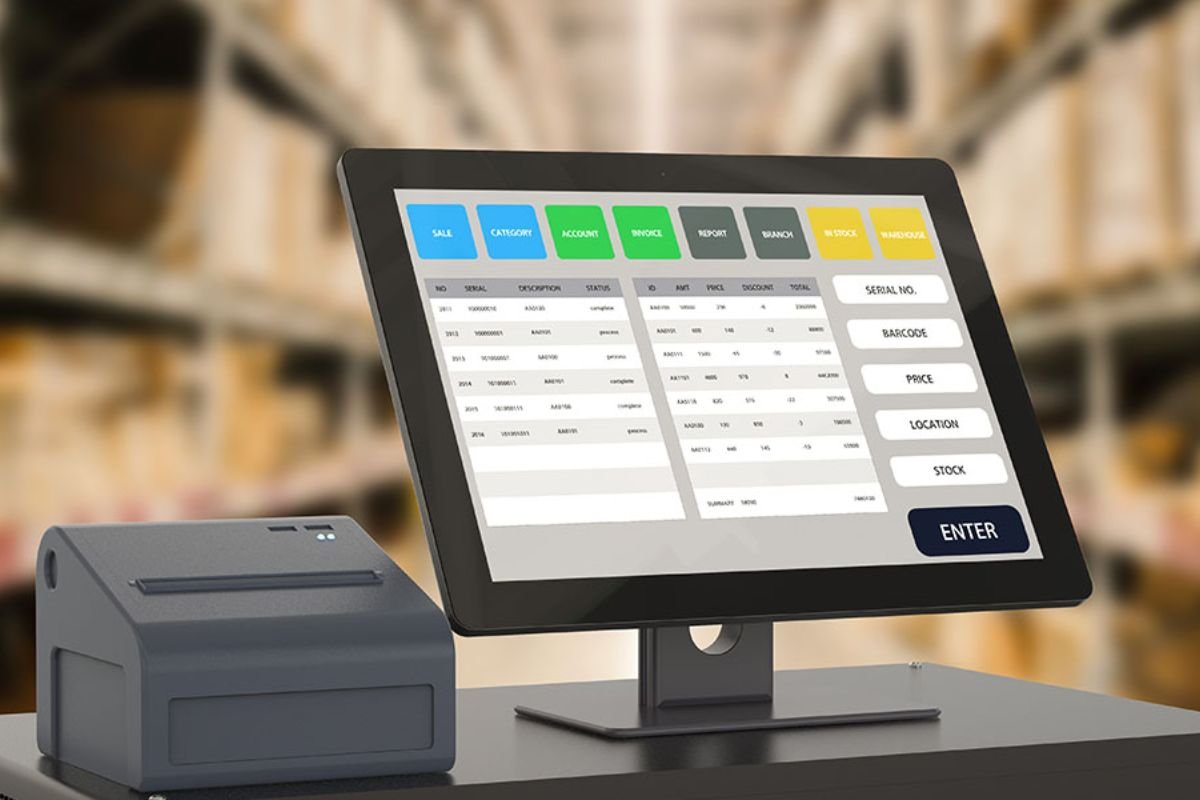In the whirlwind of today’s business world, time isn’t just money – it’s the very lifeblood of efficiency and success. Juggling employee schedules, optimizing project timelines, and ensuring every member is on the same page can feel like an intricate balancing act on a tightrope.
Worry not, company managers. Technology has emerged as your knight in shining armor, offering a suite of tools that can transform scheduling from a chaotic scramble into a symphony of streamlined efficiency. Continue reading to learn more.
Beyond Software: A Spectrum Of Solutions
While ‘work scheduling software’ might conjure images of generic calendar grids, the tech landscape offers a far richer tapestry of solutions. The following will delve into some of the powerful tools at your disposal:
Industry-Specific Platforms: Dive deeper into specialized solutions tailored to your unique needs. Healthcare facilities use work scheduling software designed for shift-based work, while construction companies leverage tools that integrate with project management and resource allocation.
Collaborative Scheduling Apps: Gone are the days of endless email chains and conflicting meeting times. Collaborative work scheduling software and rota template schemes empower both managers and employees to propose and vote on available times, streamlining coordination and reducing scheduling friction.

Employee Self-Service Portals: Empower your workforce with ownership of their schedules. These portals allow employees to view their assigned shifts, request time off, swap shifts with colleagues (subject to approval), and access vital work-related information, fostering a sense of autonomy and control.
Automated Communication Tools: Eliminate the stress of manually sending shift reminders and updates. Automated communication tools seamlessly notify employees of schedule changes, meeting agendas, and important announcements, ensuring everyone stays informed and prepared.
Embracing Technology, Navigating Challenges: Building a Flawless Scheduling Future
While technology paints a rosy picture of streamlined schedules and efficiency gains, the road to implementation isn’t always smooth. Before diving headfirst into the world of scheduling apps and AI-powered platforms, it’s crucial to acknowledge the potential hurdles you might encounter:
Data Security Concerns
In today’s data-driven world, security is paramount. Implementing new scheduling technology introduces another layer of sensitive information, such as employee availability, time logs, and even personal details. Addressing these concerns proactively is crucial. Carefully evaluate the security measures employed by the work scheduling software, including data encryption, access controls, and compliance with relevant privacy regulations. Regular security audits and employee training on data security best practices are also essential.
Resistance To Change
Stepping out of familiar routines can be unsettling. Expect some degree of resistance from employees accustomed to the existing scheduling system, no matter how outdated or inefficient it may be. Open communication, transparency about the benefits of the new system, and adequate training sessions are key to overcoming resistance. Encourage feedback throughout the implementation process and address concerns promptly. Remember, change management is a journey, not a destination.
Ongoing Maintenance And Updates
Technology isn’t static. The chosen platform needs ongoing maintenance and updates to address bugs, incorporate new features, and ensure compliance with evolving regulations. Factor in the cost of ongoing maintenance and updates when evaluating different options. Additionally, consider the ease of updating the system internally and the availability of technical support from the vendor.
Embracing The Human Touch: Technology With A Heart
Remember, technology is a powerful tool, but it’s not a magic wand. To truly unlock its potential, nurture a culture of open communication and human-centric practices:
Transparency Is Key: Keep your employees informed about the reasons behind scheduling changes and solicit their feedback throughout the process. This fosters trust and understanding, reducing resistance and encouraging buy-in.
Prioritize Flexibility: Rigid schedules don’t always mesh with the realities of modern life. Consider offering flexible work arrangements like remote work, part-time options, or compressed workweeks. This not only attracts and retains talent but also boosts employee morale and productivity.
Invest In Upskilling: Equipping your team with the knowledge and skills to navigate the new scheduling system is crucial. Provide comprehensive training and ongoing support to ensure smooth adoption and maximize user satisfaction.
Selecting The Right Work Scheduling Software: Specificity Is Key
The abundance of worker scheduling software can be overwhelming. Resist the urge to jump on the latest bandwagon and, instead, embark on a thoughtful selection process. Here’s where careful consideration reigns supreme:

Align With Your Needs
One size doesn’t fit all. Don’t be tempted by generic platforms; instead, prioritize work scheduling software specifically designed for your industry and workforce size. A manufacturing company has vastly different needs compared to a marketing agency. Consider factors like shift-based work, remote teams, project management integration, and budget constraints when making your selection.
Budgetary Awareness
Technology can be a significant investment. Be realistic about your budget, and don’t overspend on features you might not utilize. Explore open-source options or freemium models for smaller businesses. Remember, the most expensive work scheduling software isn’t necessarily the best fit. Evaluate the cost-benefit ratio and choose a solution that offers optimal value for your money.
A Glimpse Into the Future: What Lies Ahead
The future of work scheduling is brimming with exciting possibilities. Buckle up because the ride is about to get even more innovative:
The Rise of AI and Machine Learning: Imagine AI-powered systems that handle tasks like automated schedule optimization, real-time demand forecasting, and even predicting future staffing needs based on historical data and trends.
Biometric Authentication And Wearable Technology: Imagine seamlessly clocking in and out through facial recognition or smartwatches, eliminating manual time-tracking errors and streamlining payroll processes.
Focus On Wellbeing And Mental Health: Expect technology to play a more prominent role in promoting work-life balance and employee well-being. Imagine apps that suggest mindful breaks, manage stress levels, and even recommend personalized work-life balance strategies.
Beyond Efficiency: The Ripple Effect Of Optimized Scheduling
While streamlining schedules and boosting productivity are undeniable benefits of embracing technology, the impact goes beyond efficiency. Optimized scheduling can trigger a positive ripple effect, impacting employee engagement, company culture, and even customer satisfaction.
Engaged Employees, Empowered Workforce

Replacing rigid schedules with flexible arrangements like remote work options, compressed workweeks, and shift swaps fosters a sense of control and ownership over work-life balance. Employees feel valued and trusted, leading to increased engagement, motivation, and job satisfaction. Additionally, access to work scheduling software that allows them to easily swap shifts or request time off empowers them to manage their personal lives more effectively, reducing stress and absenteeism.
Building A Vibrant Culture Of Collaboration
Technology breaks down communication barriers and facilitates seamless collaboration across teams, even for remote or hybrid workforces. Collaborative work scheduling software enables transparent communication about availability, facilitating easier scheduling of meetings and project deadlines. This fosters a sense of team spirit, improves information sharing, and encourages knowledge exchange, ultimately leading to more innovative and efficient ways of working.
Happy Employees, Happy Customers
The positive vibes from engaged and empowered employees naturally extend to customer interactions. When employees feel valued and have a better work-life balance, they are more likely to approach their work with a positive attitude. This translates to improved customer service, higher customer satisfaction, and, ultimately, increased loyalty and business growth.
To Conclude
By embracing technology and fostering a culture of flexibility and communication, businesses can unlock a world of benefits from optimized work scheduling software. Increased efficiency, reduced costs, happier employees, and a competitive edge await those who dare to embrace the change. So, step out of the scheduling chaos, equip yourself with the right tools, and chart a course toward a future where time truly works for you, not against you.






